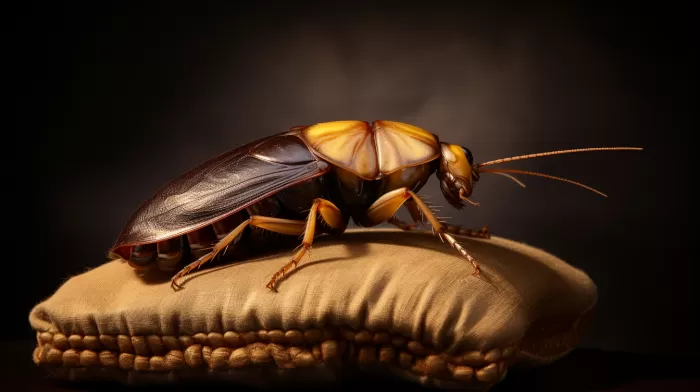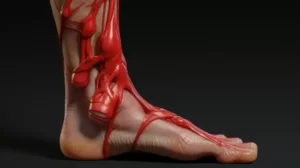Cockroaches, one of the most commonly despised pests, might actually be beneficial for your health. Surprised? Let’s dive into the science behind this unexpected revelation.
Johns Hopkins researchers discovered that exposure to cockroach allergens, as well as rodent and pet dander and specific household bacteria, before a child’s first birthday can reduce their susceptibility to allergies, wheezing, and asthma. If they only encounter these substances later in life, there can be an increased risk of allergic reactions and asthma.
The Critical First Year
It appears that the timing of initial exposure plays a crucial role in determining the effect of these allergens on our health. The first year of life is an essential period for shaping our immune system responses.
According to Dr. Robert Wood, chief of the Division of Allergy and Immunology at the Johns Hopkins Children’s Center, certain bacteria and allergens are necessary during this stage to train the immune system to react appropriately.
Infants who were exposed to cat and mouse dander and cockroach droppings during their first year of life experienced lower wheezing rates at age three in comparison to those not exposed to these allergens. And the more allergens they were exposed to, the lower the risk became.
Wheezing was three times more common among children not exposed to cockroach allergens during their first year. About 51 percent who grew up in homes without these allergens experienced wheezing, while only 17 percent did when they were exposed to all three allergens early on.
Bacteria’s Protective Role in Fighting Allergies
The study found that babies living in homes with a more diverse bacterial environment were less likely to experience allergies and wheezing by age three. Analyzing the cumulative effects of bacteria and allergens from mice, cockroaches, and cats provided an interesting insight.
Children who did not experience wheezing and allergies at age three were more likely to have grown up in homes with higher amounts of allergens and a rich variety of bacterial species. Roughly 40 percent of allergy-free and wheeze-free children grew up in allergen and bacteria-rich homes.
On the other hand, only 8 percent of children with both allergies and wheezing were exposed to these substances during their first year of life.
Asthma and its Impact on Children’s Lives
Asthma is becoming an increasingly widespread issue, affecting around 7 million children in the United States, according to the U.S. Centers for Disease Control and Prevention. By age three, roughly half of all children in the U.S. experience wheezing and many develop full-blown asthma as they grow older.
Are Cockroaches the Answer?
It’s important to note that simply tolerating a cockroach infestation isn’t the takeaway from this study. The key is to understand that early exposure to a diverse range of allergens and bacteria can support a more robust immune system that is better equipped to handle these allergens, reducing the likelihood of asthma and allergies.
To strike a balance, focus on maintaining a reasonably clean home environment that still allows for exposure to allergens and bacteria in moderation. Keep pets for early exposure to animal dander, and utilize natural cleaning products that allow for the presence of a diverse range of bacteria in the home.
With the right approach, you can create a healthier home environment that allows children to develop a strong immune system without needing to live with cockroaches scurrying around their living space.



